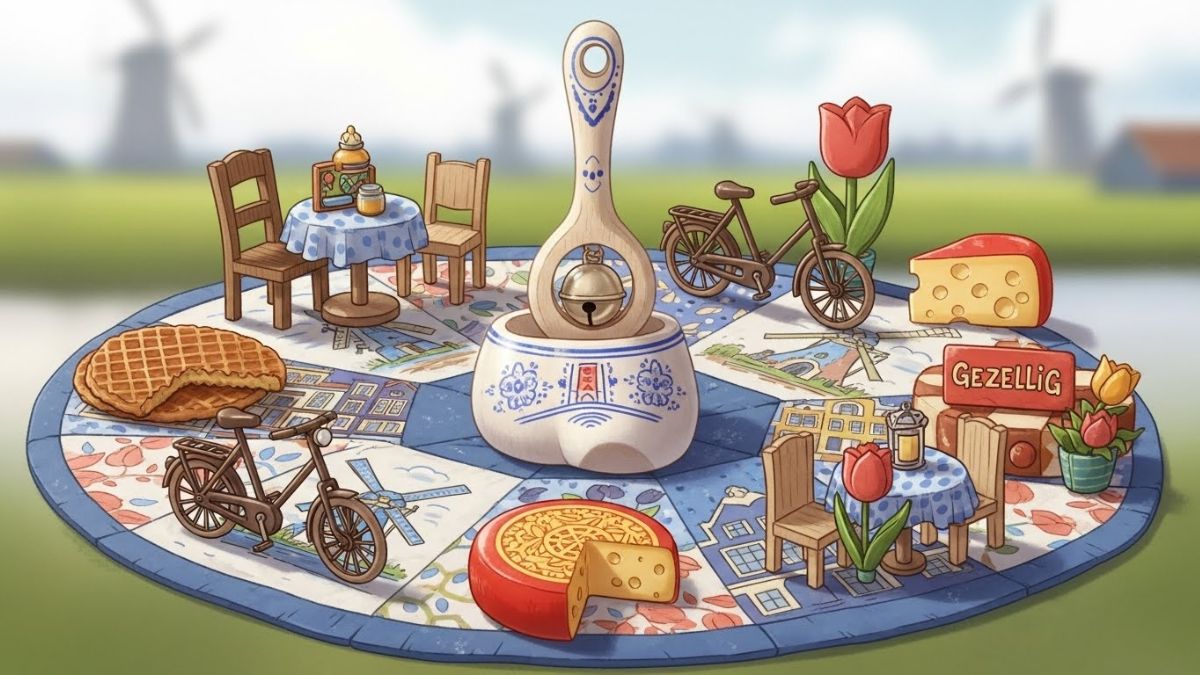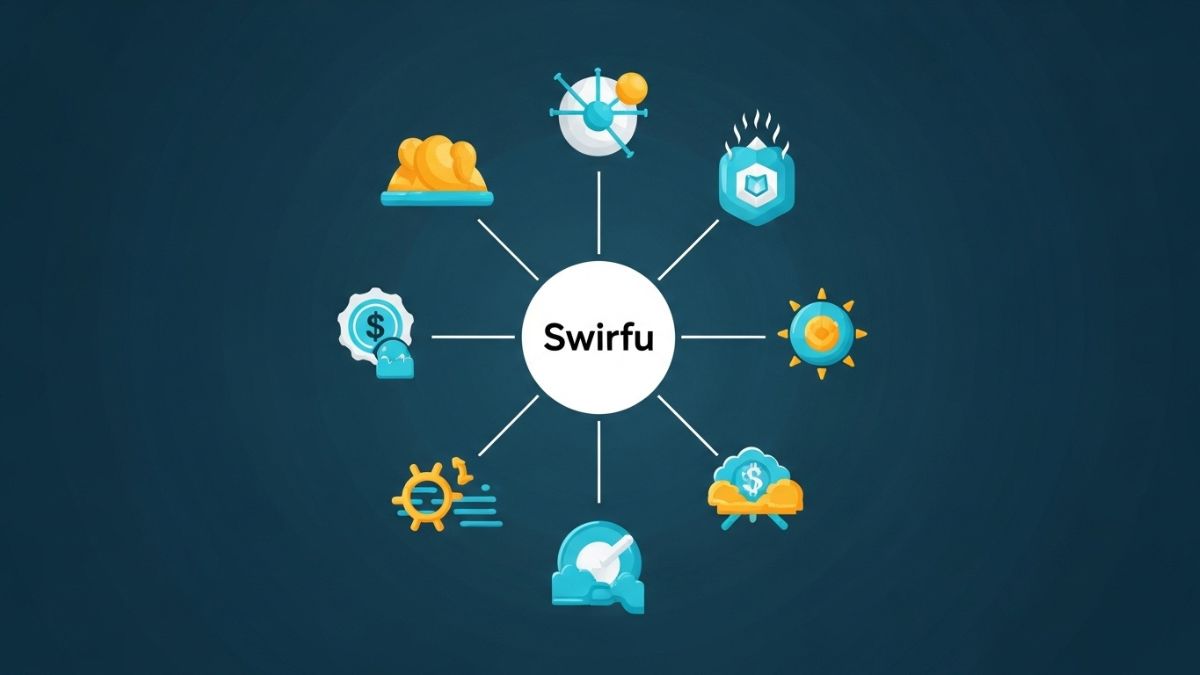Trabalenguas, the Spanish term for tongue twisters, are a fun and challenging way to play with language. These phrases, designed to twist the tongue, offer entertainment, linguistic exercise, and a unique cultural glimpse into language artistry. They help improve pronunciation, diction, and fluency while offering a delightful challenge to speakers of any language.
What Are Trabalenguas?
Trabalenguas are phrases or sentences that are difficult to articulate due to their complex phonetic structure. Their primary aim is to test one’s ability to pronounce words quickly and accurately. Although they originated in Spanish-speaking cultures, many languages have their own version of tongue twisters, each with its own unique twists and turns that captivate both native speakers and language learners.
The History of Trabalenguas
The origin of trabalenguas can be traced back centuries as a form of verbal entertainment and linguistic exercise. Over time, they evolved as an integral part of cultural folklore in many regions, with communities crafting these challenging phrases to pass down through generations. Their historical significance is evident in the way they have been embraced by educators, performers, and storytellers alike.
How Trabalenguas Impact Language Learning
Tongue twisters are more than just a playful challenge—they serve as an effective tool in language learning. By practicing trabalenguas, learners can improve their enunciation and accent. This playful practice helps in developing muscle memory for the mouth and tongue, which is essential for mastering pronunciation in both native and foreign languages.
Cultural Significance of Trabalenguas
In many cultures, trabalenguas hold a special place as a bridge between playful tradition and educational practice. They are often used during family gatherings, festivals, and even in classrooms as a way to encourage linguistic creativity. This cultural significance has made them a beloved tradition that not only entertains but also unites people through a shared appreciation of language.
Fun and Creative Benefits
The process of reciting tongue twisters stimulates the brain and promotes creative thinking. As speakers challenge themselves to articulate tricky phrases, they also sharpen their listening skills and improve overall communication. The fun aspect of trabalenguas lies in the laughter and camaraderie they inspire, making language learning an enjoyable and interactive experience.
How to Practice Trabalenguas Effectively
To master trabalenguas, practice is essential. Start slowly by clearly enunciating each word, then gradually increase your speed. Recording yourself and listening back can also be beneficial. With regular practice, even the most challenging tongue twisters become manageable, turning practice sessions into a playful journey of self-improvement and linguistic discovery.
Tips for Mastering Tongue Twisters
One of the most effective ways to conquer trabalenguas is to break them down into smaller segments and focus on mastering each part before piecing the entire phrase together. Consistent practice, proper breathing techniques, and maintaining a relaxed mouth and jaw are key strategies. A positive mindset and perseverance will lead to steady improvement, ensuring that the challenge remains enjoyable rather than frustrating.
Popular Trabalenguas in Spanish
Spanish is rich with trabalenguas that vary in complexity. Some of the most famous examples include phrases that twist the tongue with repeated sounds like “r” and “s”. These traditional tongue twisters have been passed down through generations and continue to be a fun challenge for children and adults alike. Their popularity is a testament to the enduring appeal of linguistic play and the universal joy of language mastery.
Popular Tongue Twisters in English
English, too, boasts a collection of tongue twisters that challenge both native speakers and language learners. Classic examples like “She sells seashells by the seashore” and “Peter Piper picked a peck of pickled peppers” have become staples in language classes and entertainment. These phrases, much like their Spanish counterparts, are designed to improve clarity, pronunciation, and speed in speech.
The Role of Trabalenguas in Entertainment
Beyond their educational value, tongue twisters play an important role in entertainment. They are often featured in radio shows, television programs, and live performances as a way to engage audiences with humor and challenge. Competitions and games centered around trabalenguas add an element of fun and excitement, encouraging participation and interaction among diverse groups of people.
Overcoming Challenges with Trabalenguas
Learning and perfecting tongue twisters can be daunting, especially for those new to the practice. The key is to approach each phrase with patience and persistence. Mistakes are a natural part of the learning process, and the humorous mispronunciations often lead to laughter, which in turn reinforces a relaxed and positive learning environment. Embracing these challenges with a light-hearted attitude is what makes the journey worthwhile.
Incorporating Trabalenguas in Daily Life
Integrating tongue twisters into your daily routine can be both fun and beneficial. Whether during morning routines, while commuting, or as a warm-up before public speaking, practicing trabalenguas can boost your confidence and enhance your language skills. They serve as a quick mental exercise that sharpens focus and prepares your mind for the day ahead, making language practice an enjoyable part of your everyday life.
The Psychological Benefits of Trabalenguas
Engaging in the challenge of tongue twisters offers surprising psychological benefits. The act of focusing intensely on pronunciation and rhythm helps to clear the mind and reduce stress. This meditative quality of repetitive practice can lead to improved concentration and a sense of accomplishment. As you gradually master each tongue twister, the boost in self-confidence and mental agility is both rewarding and motivating.
Trabalenguas as a Tool for Social Interaction
Sharing tongue twisters can break the ice in social settings and spark lively conversations. Whether at parties, family gatherings, or language clubs, the humorous and sometimes competitive nature of trabalenguas fosters a sense of community. They offer a unique way to connect with others, transcending language barriers and creating memorable moments through shared laughter and mutual challenge.
Innovative Ways to Create Your Own Trabalenguas
For those feeling particularly creative, why not try crafting your own tongue twisters? Start by selecting a challenging combination of sounds or letters, then experiment with different word orders until you find a phrase that both sounds catchy and tests your articulation skills. Creating your own trabalenguas can be a fun project that not only enhances your linguistic creativity but also adds a personal touch to the tradition.
Conclusion
Trabalenguas are not just tongue twisters; they celebrate language, serve as self-improvement tools, and provide endless amusement. They captivate people worldwide, enhancing pronunciation, social interaction, and bringing energy and joy to everyday life.
FAQs
What are trabalenguas?
Trabalenguas are tongue twisters that challenge one’s ability to articulate complex phrases rapidly and accurately, often used for fun and language practice.
How do trabalenguas help with language learning?
They improve pronunciation, enhance fluency, and build confidence by exercising the muscles used in speech, making them an effective language learning tool.
Can I create my own trabalenguas?
Absolutely! By experimenting with difficult sounds and word combinations, you can craft unique tongue twisters that reflect your creativity and personal style.
Are trabalenguas popular only in Spanish?
While the term trabalenguas is Spanish, tongue twisters exist in many languages around the world, each offering its own unique challenges and cultural significance.
What is the best way to practice trabalenguas?
Start slowly, focus on clear enunciation, gradually increase your speed, and most importantly, have fun with the process. Regular practice will lead to steady improvement and greater confidence.











